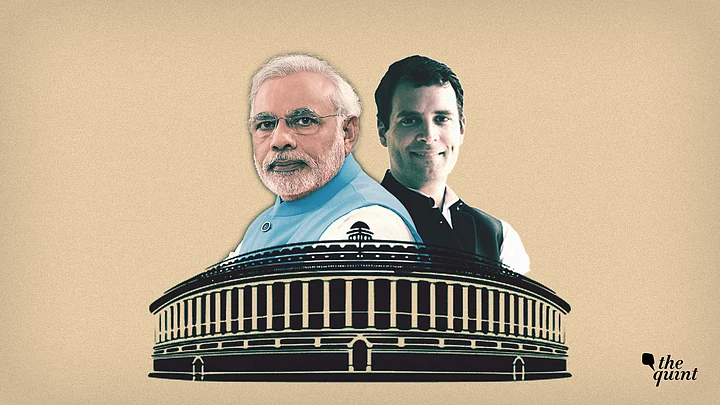With the Shiv Sena deciding to abstain from voting on the no-confidence motion against the Modi government in the Lok Sabha, and the Biju Janata Dal (BJD) walking out of Parliament, the number game in the House has changed.
The Lower House started the session with 534 members (including the speaker) but with 19 BJD MPs and 18 Shiv Sena MPs not participating in the voting, the effective strength of the House has come down to 496.
The majority mark, at 2:30 pm, stands at 249 seats. The two-thirds mark is at 331 but the numbers could shift again after swing parties like the AIADMK and the Telangana Rashtra Samithi (TRS) decide which side to support.
What is a No-Confidence Motion?
What Will It Achieve?
The purpose of a trust vote is to challenge the government’s claim that it has the requisite majority in the Lok Sabha. In this case, the stability of the Modi government isn't in question as the BJP by itself has numbers beyond the halfway mark.
What Will Modi Gain?
It isn’t just the Opposition that will be looking to influence public perception. The debate is expected to end with a speech by the prime minister, which would set the tone for his re-election campaign in 2019.
No-Confidence Motions in the Past
(With inputs from BloombergQuint and Hindustan Times.)
(At The Quint, we question everything. Play an active role in shaping our journalism by becoming a member today.)
